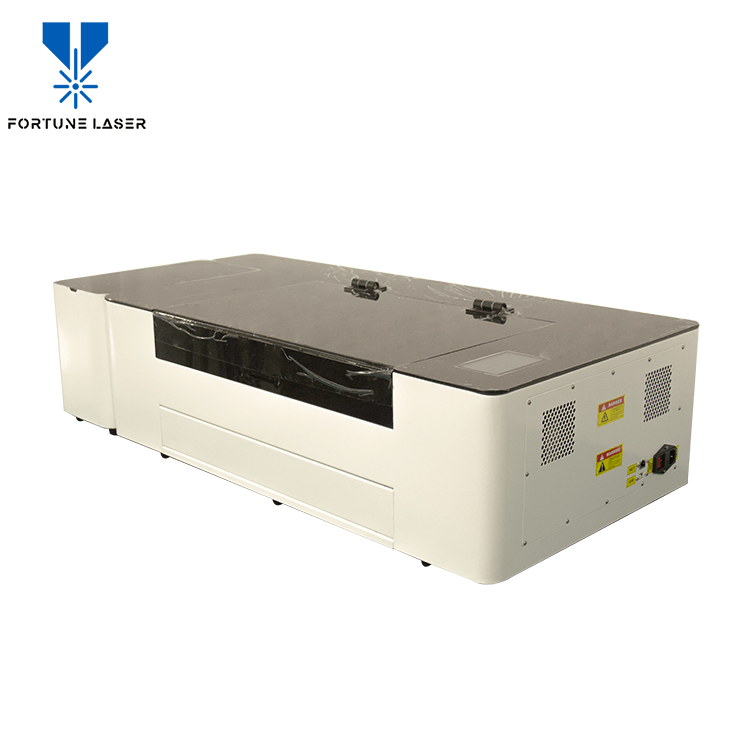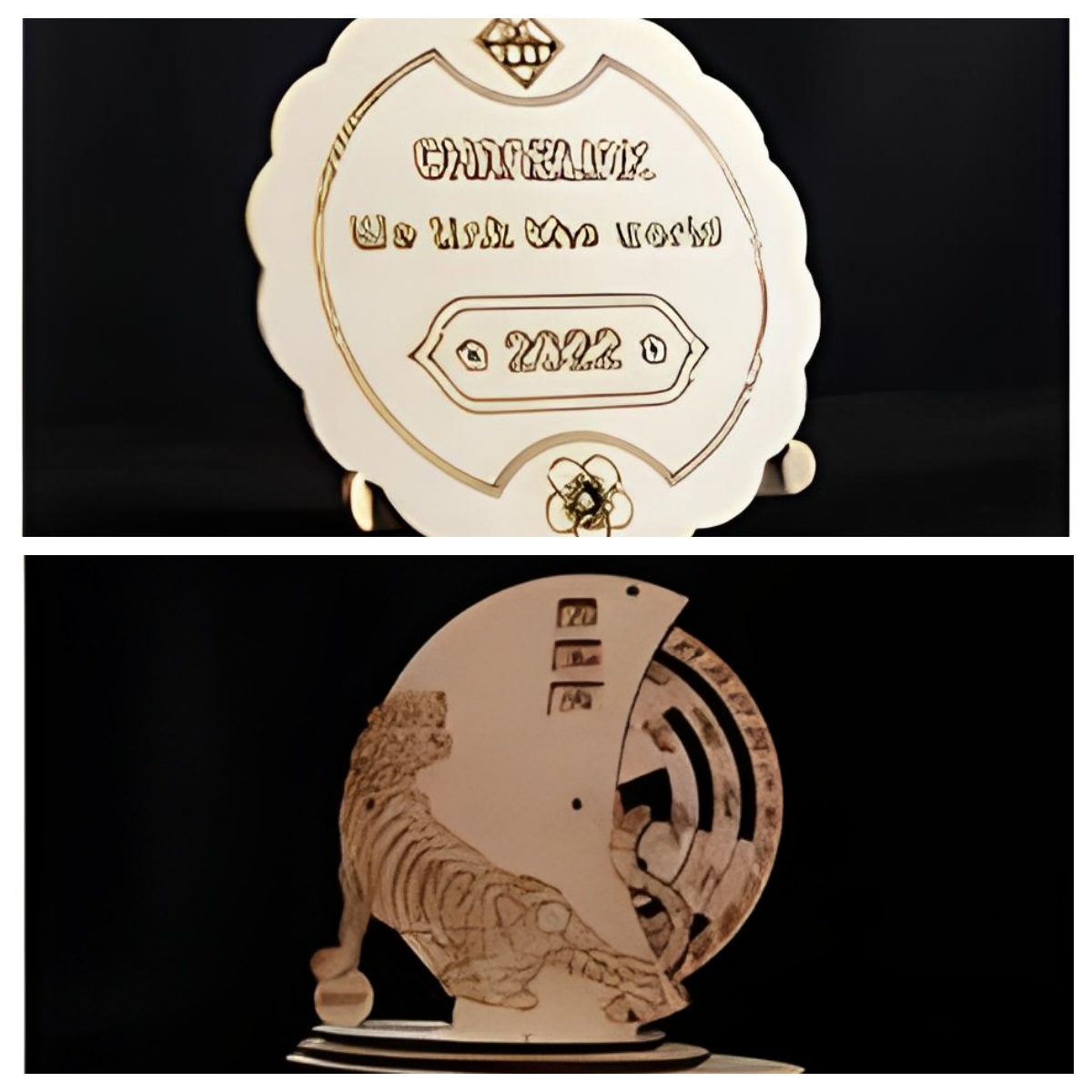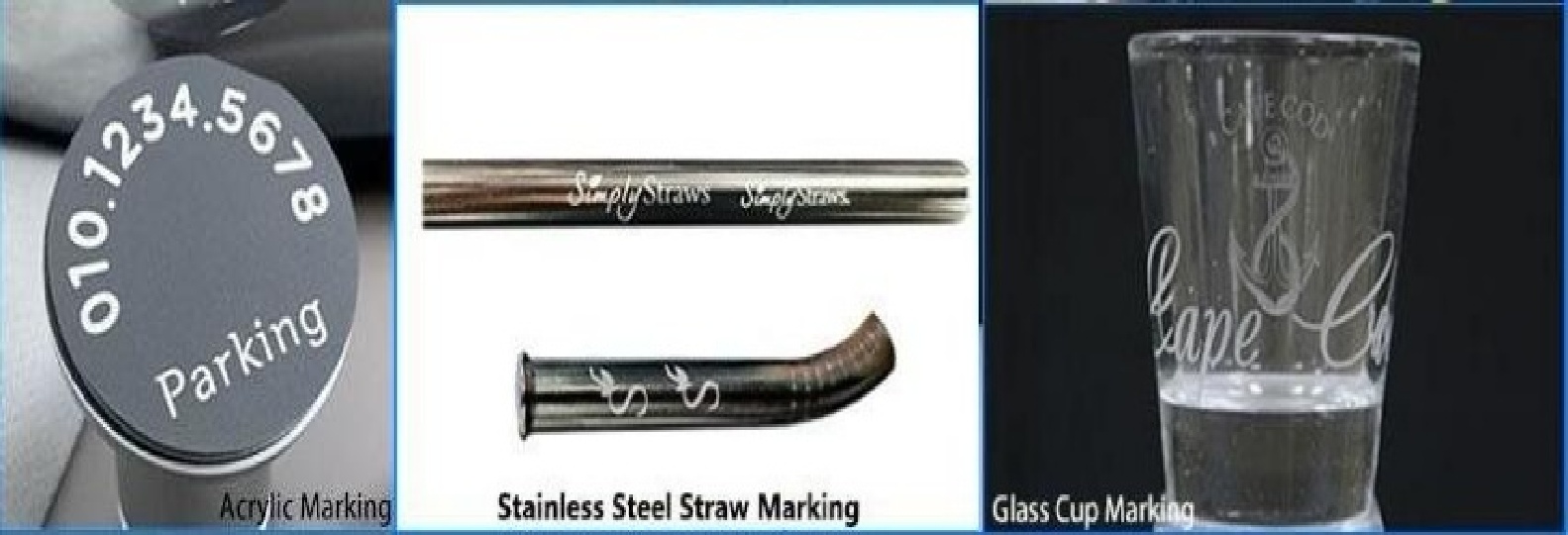Laser marking is a non-contact process that uses a focused beam of light to create a permanent mark on a material’s surface. Have you ever wondered how those indestructible barcodes on engine parts or the tiny logos on medical devices are made? Chances are, you’re looking at the result of a laser. This technology is a cornerstone of modern industry for one simple reason: it is characterized by its high degree of precision, rapid processing, and lasting results.
For any business involved in manufacturing, traceability and branding are not just important; they’re essential. Laser marker is the key to achieving this, providing a reliable way to add serial numbers, QR codes, and logos that last a lifetime.
Let’s dive deeper into what makes this technology so indispensable.
How Do Laser Markers Work? A Deeper Look at the Process
While the concept of “pointing a laser” sounds simple, the magic is in the details. Different materials and desired outcomes call for different techniques. Understanding these methods helps you see what is laser marking used for in various applications.
Here are the main ways a laser can mark a surface:
Laser Engraving: This is the most durable method. The laser beam’s intense heat vaporizes the material, creating a deep cavity you can feel. Think of it as digitally carving into the surface. This mark can withstand harsh environments, abrasion, and post-processing treatments.
Laser Etching: Need speed? Etching is your answer. It’s a high-speed process where the laser melts the micro-surface. This molten material expands and cools, creating a raised, textured mark with high contrast. It’s perfect for serial numbers on a fast-moving production line.
Laser Annealing: This technique is all about finesse. Used primarily on metals like steel and titanium, the laser gently heats the material below its melting point. This causes oxidation to form under the surface, creating a smooth, permanent black mark with zero material removal. It’s crucial for medical devices where a perfectly smooth, sterile surface is non-negotiable.
Ablation: Imagine you have a painted part and want to create a design by revealing the material underneath. That’s ablation. The laser precisely removes a top coating (like paint or anodization) to expose the contrasting base material. This is famously used for creating backlit buttons in cars and electronics, often called a “day & night” design.
Foaming & Carbonization: These specialized processes are for plastics and organic materials. Foaming gently melts the plastic to create gas bubbles, resulting in a raised, light-colored mark on a dark surface. Carbonization breaks the chemical bonds in light-colored plastics or wood, darkening the material to create a high-contrast mark.
Choosing the Right Tool: Matching the Laser to the Material
Not all lasers are created equal. The right choice depends entirely on the material you need to mark. This is determined by the laser’s wavelength, measured in nanometers (nm). Think of it like using the right key for a specific lock.
|
Laser Type |
Wavelength |
Best For |
Why It Works |
|
Fiber Laser |
~1064 nm |
Metals (Steel, Aluminum, Titanium, Copper), some Plastics |
The “workhorse” of the industry. Its near-infrared wavelength is readily absorbed by metals, making it incredibly efficient and versatile. |
|
CO₂ Laser |
~10,600 nm |
Organic Materials (Wood, Glass, Paper, Leather, Plastics) |
The master of non-metals. Its far-infrared wavelength is perfectly absorbed by organic compounds, allowing for clear marks without damaging the material. |
|
UV Laser |
~355 nm |
Sensitive Plastics, Silicon, Glass, Electronics |
Known as “cold marking.” Its high-energy photons break molecular bonds directly with minimal heat. This is perfect for delicate items that can’t handle thermal stress. |
|
Green Laser |
~532 nm |
Precious Metals (Gold, Silver), Copper, Highly Reflective Materials |
Fills a unique niche. It’s better absorbed by materials that reflect the standard infrared wavelengths, allowing for precise marks on soft or reflective metals and certain plastics. |
Laser Marking in the Real World: Key Industry Applications
So, where can you find laser marking in action? Pretty much everywhere.
Automotive & Aerospace: Parts in these industries must be traceable for their entire lifespan. Laser engraving and annealing create marks that survive extreme temperatures, fluids, and abrasion.
Medical Devices: Strict FDA regulations require Unique Device Identification (UDI) on all equipment. Laser annealing creates smooth, sterile marks on surgical tools and implants without compromising their integrity.
Electronics & Semiconductors: Tiny components need even tinier marks. UV lasers excel at creating precise micro-marks on silicon wafers and delicate electronic housings without causing heat damage.
Jewelry & High-Value Goods: Laser marking provides a discreet and elegant way to add hallmarks, serial numbers for anti-counterfeiting, and personalized messages to precious metals.
How Laser Marking Compares to Traditional Methods
Why make the switch to laser? Let’s compare it to older technologies.
Laser Marking vs. Inkjet Printing: Ink is temporary and requires consumables. It can fade, smudge, and be removed by solvents. Laser marks are permanent, require zero consumables, and are far more durable.
Laser Marking vs. Dot Peen: Dot peen physically hammers a carbide pin into the material. It’s noisy, slower, and has limited resolution. Laser marking is a silent, non-contact process that is significantly faster and can produce highly detailed logos and 2D codes.
Laser Marking vs. Chemical Etching: This method is a slow, multi-step process involving hazardous acids and stencils. Laser marking is a clean, digital process. You can change the design instantly on a computer, with no harmful chemicals involved.
The Future of Laser Marking: What’s Next?
The technology isn’t standing still. The future of laser marking is smarter, faster, and more capable.
1.Smarter Systems: Integration with AI and machine vision cameras is allowing for real-time quality control. The system can automatically verify that a barcode is readable before the part moves to the next station.
2.Greater Precision: The rise of ultrafast (picosecond and femtosecond) lasers enables true “cold ablation.” These lasers operate so quickly that heat has no time to spread, resulting in perfectly clean marks with absolutely no thermal damage, even on the most sensitive materials.
3.Marking on Any Shape: Advancements in 3D marking technology allow the laser to maintain a perfect focus while marking on curved, angled, and uneven surfaces, opening up new possibilities for complex parts.
Conclusion: Why Laser Marking is the Smart Choice
Laser marking is more than just a way to put a name on a part. It’s a foundational technology for modern manufacturing that enables traceability, enhances brand quality, and streamlines production.
The technology’s high precision, rapid speed, and broad material compatibility make it the premier solution for permanent identification. It delivers a strong return on investment by removing recurring costs from consumables and maintenance, while operationally, it guarantees consistent, high-quality marks for reliable traceability.
Ready to see how laser marking can transform your production line? Contact our experts today for a free consultation or to request a sample marking on your material.
Post time: Aug-11-2025












